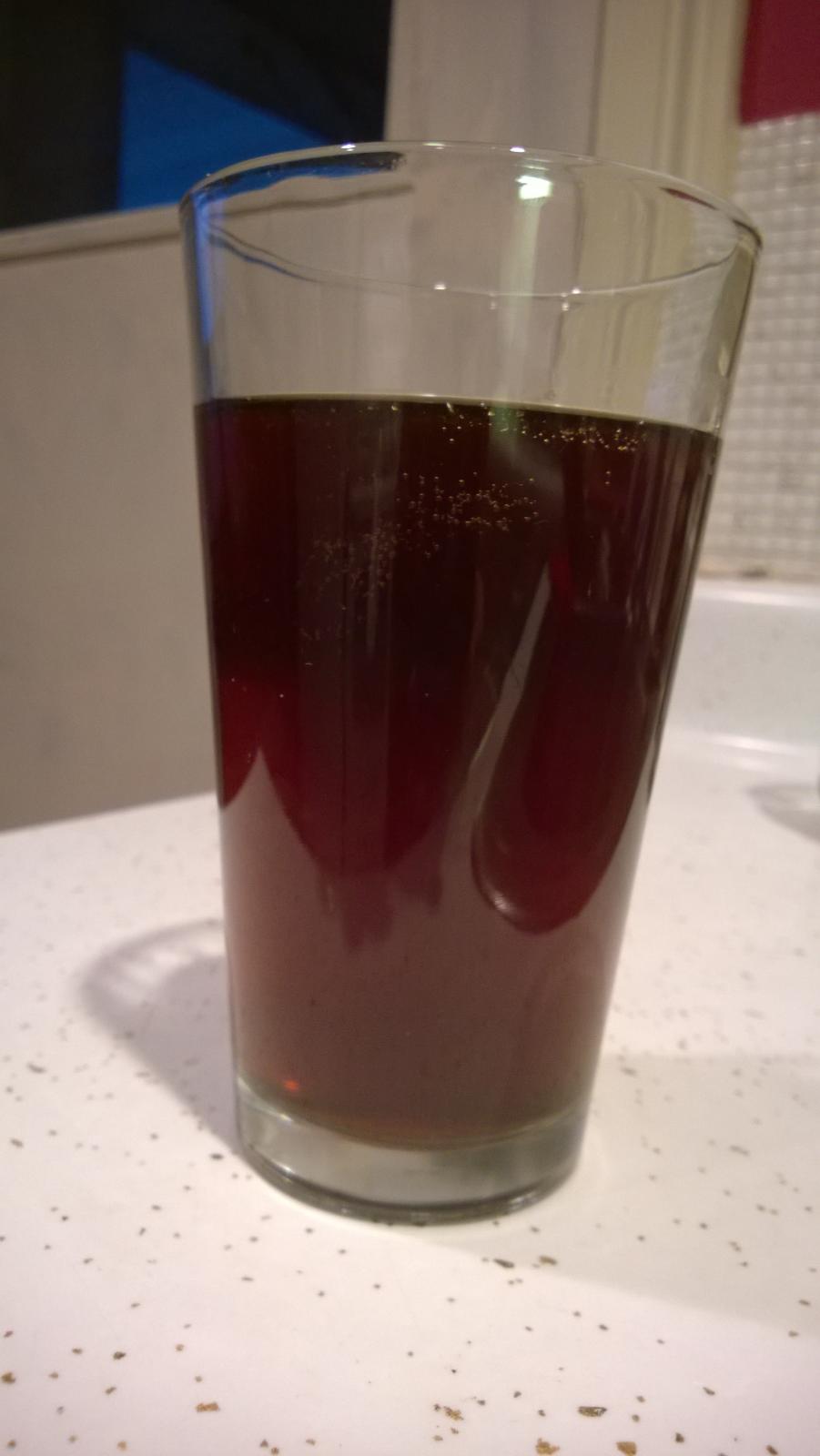gallonbrewer
Member
- Joined
- Nov 22, 2014
- Messages
- 14
- Reaction score
- 1
Good evening everyone,
I've had a brown ale sitting in primary for nine days now. The recipe came with with my one gallon starter kit. I haven't taken OG readings or temperatures, just pitched my yeast and let her go.
I've been all over every forum and recipe I can get my eyes on here at HBT. There seems to be variations on how long to leave it in primary, anywhere from one week to over four weeks. My question is does time in primary change depending on batch size? For example, would the same recipe for a five gallon need longer in primary to clean up? For that matter is there such thing as leaving it in primary too long? (not including hop flavor and aroma loss).
Thanks in advance for all the advice I've already received!!!
I've had a brown ale sitting in primary for nine days now. The recipe came with with my one gallon starter kit. I haven't taken OG readings or temperatures, just pitched my yeast and let her go.
I've been all over every forum and recipe I can get my eyes on here at HBT. There seems to be variations on how long to leave it in primary, anywhere from one week to over four weeks. My question is does time in primary change depending on batch size? For example, would the same recipe for a five gallon need longer in primary to clean up? For that matter is there such thing as leaving it in primary too long? (not including hop flavor and aroma loss).
Thanks in advance for all the advice I've already received!!!




















































![Craft A Brew - Safale S-04 Dry Yeast - Fermentis - English Ale Dry Yeast - For English and American Ales and Hard Apple Ciders - Ingredients for Home Brewing - Beer Making Supplies - [1 Pack]](https://m.media-amazon.com/images/I/41fVGNh6JfL._SL500_.jpg)





